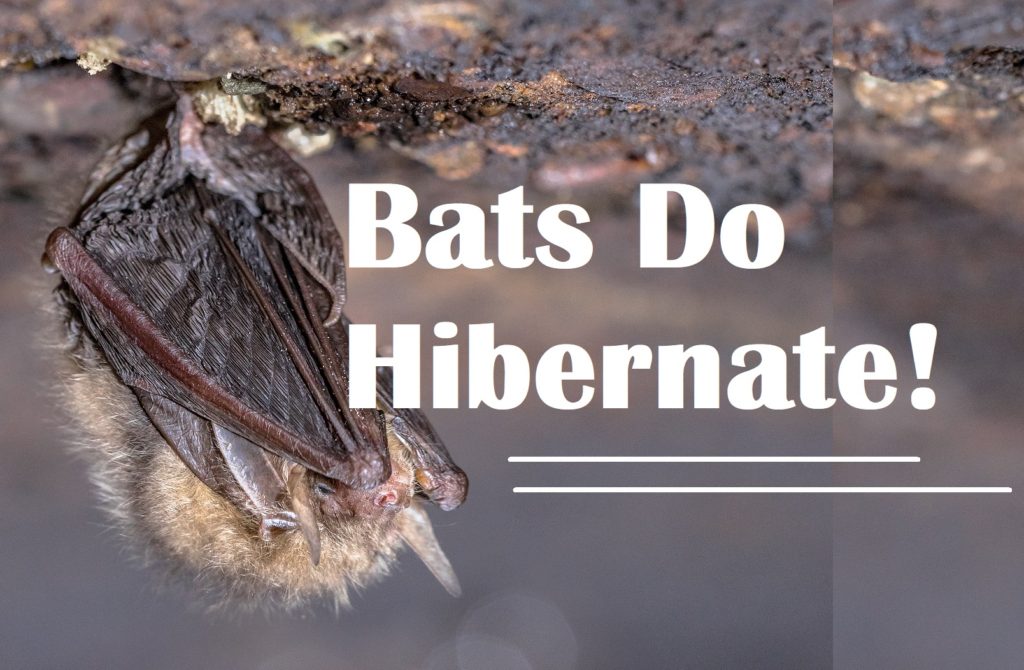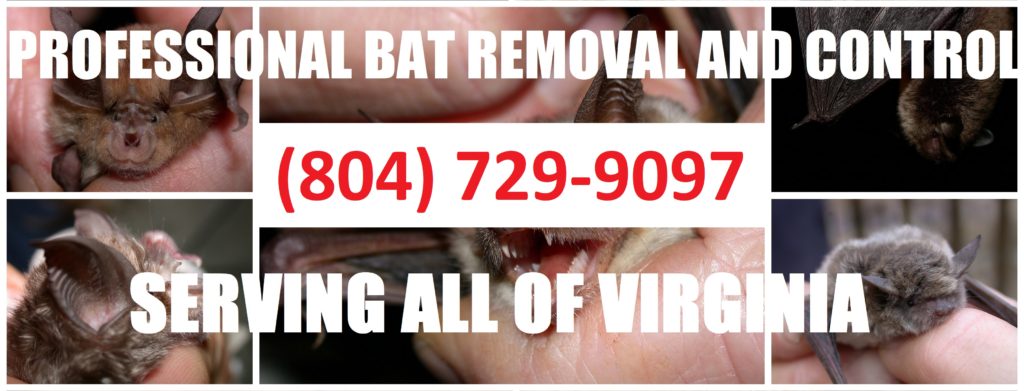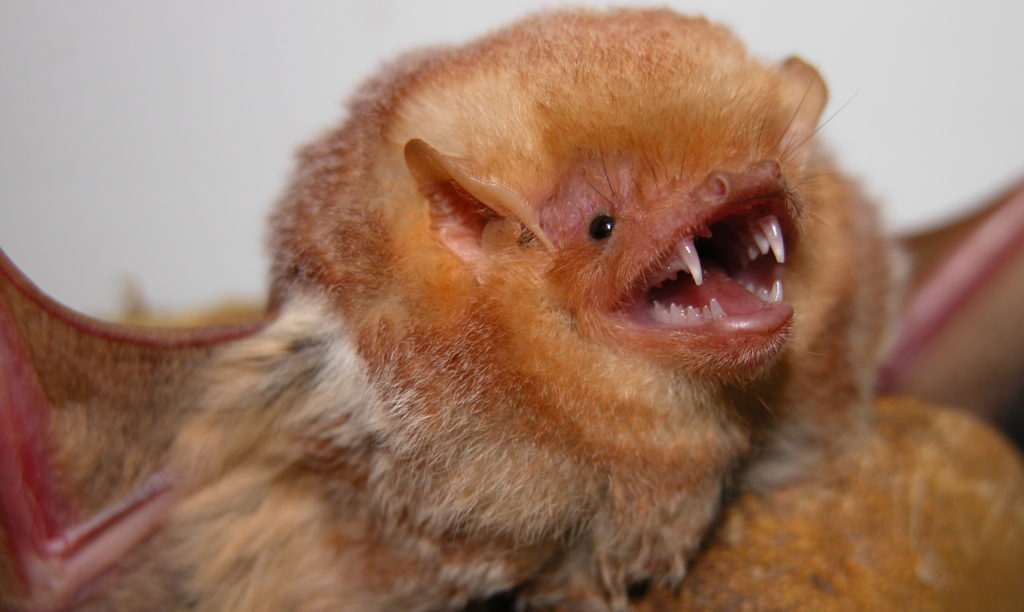Here in Virginia, we are home to several species of Microchiroptera bats. Also known as microbats, Microchiroptera are insectivores, eating nothing but mosquitoes, gnats, moths, flies, and several other types of flying insects. So, it makes sense that microbats might not want to stick around here for the winter season when the quantity of flying insects are much lower than they are compared to spring and summer.
Now that fall is here, are bats preparing for hibernation? Do bats in Virginia hibernate at all? If they do hibernate, where they go? You may be asking all of these questions and more. If you are, you are in the right place.
Continue reading to learn more about Virginia bats, including their hibernation practices, where they go for winter, and what you can expect this fall from the local bat populations in your Old Dominion communities.

Bats and Hibernation
So, do bats hibernate? Yes! Beginning in October or November, microbats will begin their hibernation schedule, which typically ends in March. Also known as torpor, bat hibernation serves the purpose of reducing the rate at which the body burns fat reserves. Torpor is a state of decreased metabolic activity in which the heart rate and body temperature drop significantly. During this time, bats might only take one breath per hour. It is also recorded that a bat’s heartbeat can drop to as low as 10 beats per minute (BPM) during torpor.
Since the number of flying insects substantially drops beginning in the fall and through the winter, hibernating during this time of year is a means of survival for bats in Virginia. It is suggested that 97% of the world’s microbat species hibernate.
Common Hibernation Locations for Microbats
Microbats, especially the ones here in Virginia, prefer to hibernate in areas that are safely distant from predators. Hollowed trees, caves, mines, large rock crevices, tunnels, cellars, crypts, church bell towers, and similar locations are prime target areas for bats.
In more suburban and Metropolitan areas, bats can be a nuisance to home and business owners. Oftentimes, bats choose to hibernate within residential and commercial settings. In fact, it is common for bat roosts and infestations to be found after the winter season in areas like attics, roofing systems, chimneys, vaults, wine cellars, basements, crawlspaces, and even in wall voids.
How to Get Rid of Bats in the Attic
if you suspect or have already discovered about infestation in your house or building, it is important to act fast. Bats are highly destructive, and they can also be known carriers of several infectious diseases. Contact a local and trusted Virginia bat removal and control company for emergency bat extraction services and cleanup solutions.
Licensed and experienced critter control professionals will have the proper resources and technologies to safely remove bats and sanitize/restore any area that bats have infested. The sooner you resolve a nuisance that problem, the more time and money you save in the long run.
Are you concerned that nuisance bats are to be a problem to your home or building? Contact Virginia Bat Pros at 804-729-9097 for prompt and professional bat removal and control you can afford. We serve residential and commercial clients.
You Might Also Enjoy:
4 Areas of a Home You Might Find a Bat
Why You Should Never Try to Remove Bats Yourself
The Difference Between a Wild Bat and a Nuisance Bat


